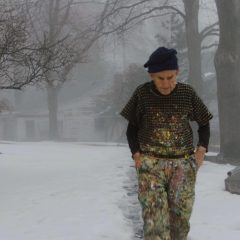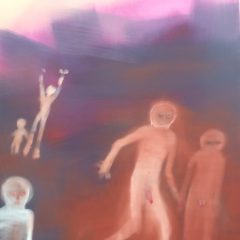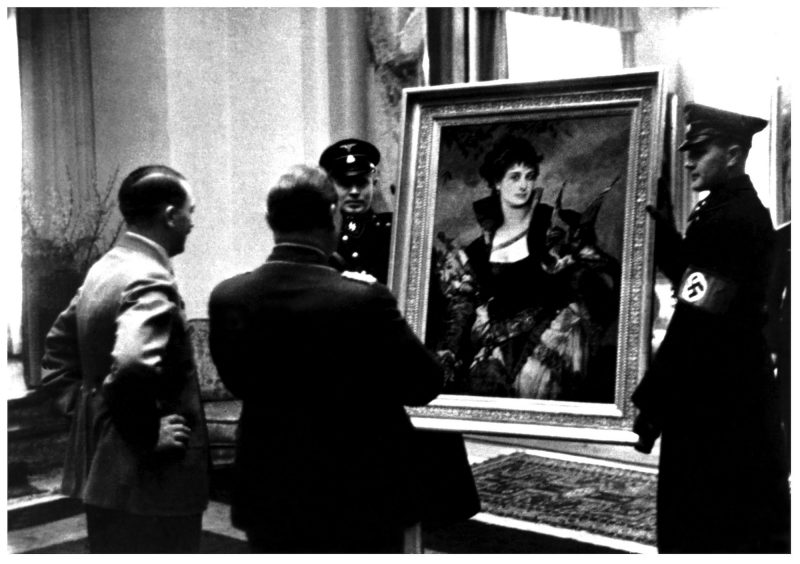
The documentary film The Rape of Europa which I just saw on DVD is a magnificent movie about a sad topic — the Nazi looting of fine art from museums and from Jewish families during WWII. We’ve all seen Schindler’s List and know something about the looting but this movie shows the extent of the crimes and how the art was stolen — systematically and with grand plans to show it all in personal and state-run Nazi museums. The thievery went on for 12 years, and while much of the art was restored to the museums from which it was stolen right after the war ended, many pieces are still missing, victims of ill-handling or, as the movie speculates, still in hiding until enough time passes for them to come safely onto the market.
Based on the 1995 bestseller by the same name by Lynn Nichols, the full-length feature (117 minutes long) — shortlisted for the 2007 Documentary Film Oscar — is heart-breaking, chilling and compelling.
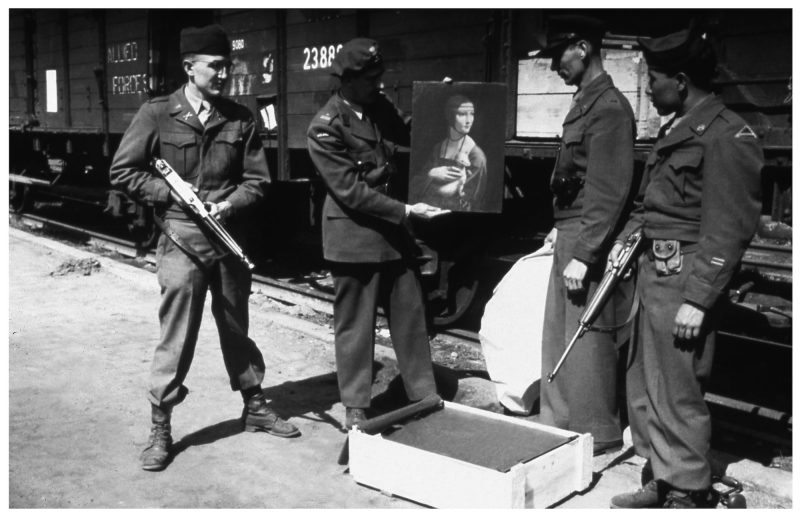
The story is told through documentary photos and film clips and through interviews with author Nichols, family members whose art was stolen and through the remembrances of several (now elderly) “Monuments Men.” The Monuments Men were army specialists from the US and other allied armies whose job it was to find the stolen art, secure it and return it to the museums and families from whom it was taken. Says the National Archives about the Monuments Men: “These courageous individuals rescued and returned more than 5 million cultural items to the countries from which they had been stolen…”
The sheer volume of thievery is sickening and that it represents state-sanctioned robbery is beyond the pale. These criminal acts are not murders of individuals but they were an attempt to annihilate Europe’s cultural heritage.
Of course, in addition to coveting and stealing the works they wanted, the Nazis made sure they burned everything they considered “degenerate” or non-Aryan. And that story is also dealt with in this movie. Poland came in for particular abuse — the Royal Castle in Warsaw — beloved symbol of Poland’s culture and heritage — was almost completely destroyed by the Nazis in 1944.
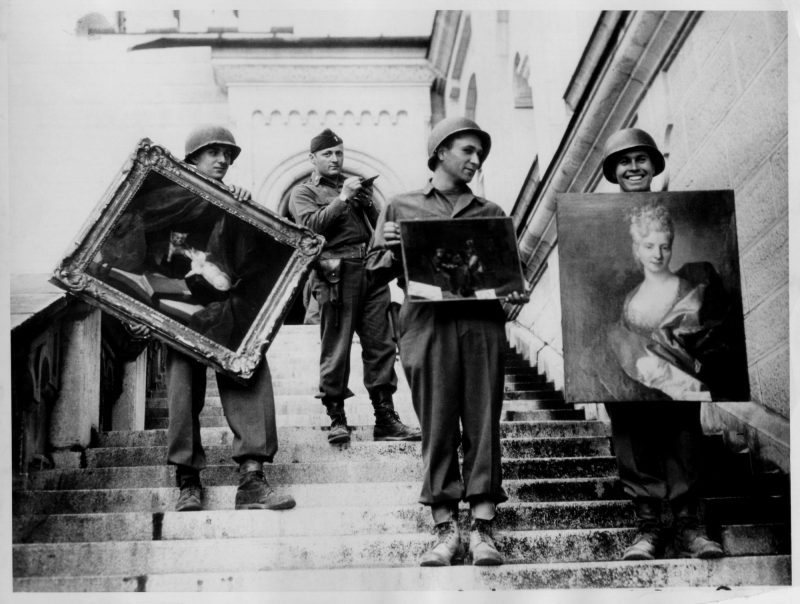
Photo Source: National Archives and Records Administration
Hitler and Goering wanted much of the best work for themselves. They took The Ghent altarpiece, Vermeer’s Astronomer, Klimt’s Gold Portrait (of Adele Bloch-Bauer), Van Goghs, Da Vinci’s and so much more.
A story at the National Archives recounts the numbers:
According to the German ERR documents from 1944, the art seizures in France totaled 21,903 objects from 203 collections. There were 5,009 items confiscated from the Rothschild family collections, 2,687 items from the David-Weill collection, and 1,202 from Alphonse Kann’s collection. The first shipment of confiscated art objects sent to Germany from Paris required 30 rail cars and consisted primarily of Rothschild paintings intended for Hitler’s Linz Museum. Among the first fifty-three paintings shipped to Hitler was Vermeer’s Astronomer from the Édouard de Rothschild collection, today in the Musée de Louvre in Paris.
Tens of thousands of things were stolen and sequestered in the Austrian salt mines of Alt Aussee, in Castle Neueschwanstein and at Goering’s palatial house. Hitler had plans to put his stolen art in a massive museum he was planning for his hometown of Linz. To see these works discovered in the salt mines and other hiding places and then shipped back in trains is both horrifying and exhilirating.
The Rape of Europa is by Actual Films and it takes Nichols work and brings it forward with a vignette about the return of a stolen Boucher painting in the Kansas City Art Museum’s collection to its rightful owners. The movie’s coda likewise shows the Klimt painting of Adele Bloch-Bauer, now, after long legal dispute, returned to the rightful heirs.
[Ed Note: You can buy the movie on DVD at Amazon; or buy it and download it at iTunes.]



